Health exams for: #AGEGROUP#
The following exams, tests, and procedures are recommended for #AGEGROUPLOWER#.#FEMALETEXT#
Select a link from the list below to learn how and why each test is performed, as well how to prepare for it.

The following exams, tests, and procedures are recommended for #AGEGROUPLOWER#.#FEMALETEXT#
Select a link from the list below to learn how and why each test is performed, as well how to prepare for it.

The umbilical cord connects the baby to the mother's placenta. During fetal development in the womb, the umbilical cord is the lifeline to the baby supplying nutrients. After birth, the cord is clamped and cut. Eventually between 1-3 weeks the cord will become dry and will naturally fall off. During the time the cord is healing it should be kept as clean and as dry as possible.
Review Date: 10/18/2017
Reviewed By: Neil K. Kaneshiro, MD, MHA, Clinical Professor of Pediatrics, University of Washington School of Medicine, Seattle, WA. Also reviewed by David Zieve, MD, MHA, Medical Director, Brenda Conaway, Editorial Director, and the A.D.A.M. Editorial team.


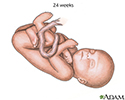

Abnormal discharge from the...


Absence of menstruation (am...

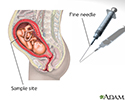

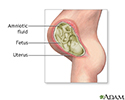








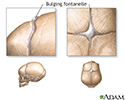

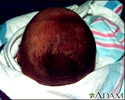




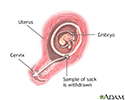
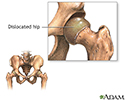
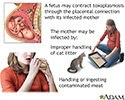

Crying, excessive (0-6 months)


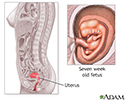
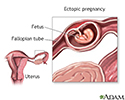






Erythroblastosis fetalis - ...


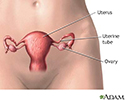
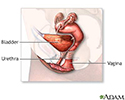
Female reproductive anatomy...

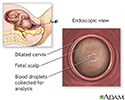

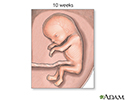

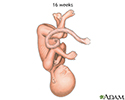
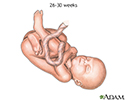
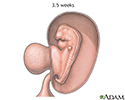
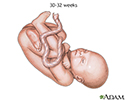
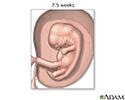
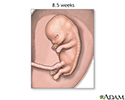
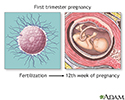
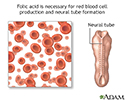


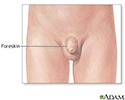
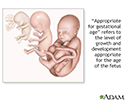




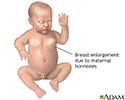
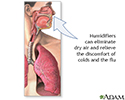

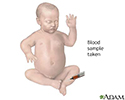

Infant care following delivery
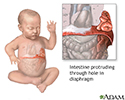
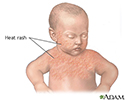

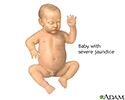

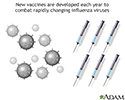



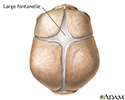
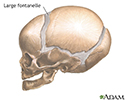
Large fontanelles (lateral view)
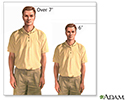
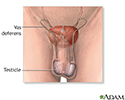



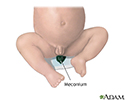



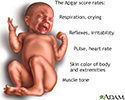
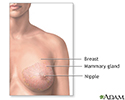
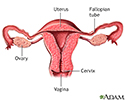
Normal uterine anatomy (cut...
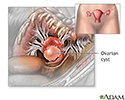

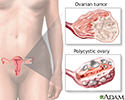
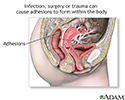




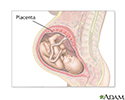


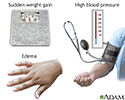
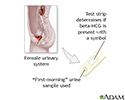
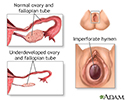




Side sectional view of fema...





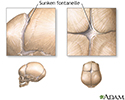
Sunken fontanelles (superio...
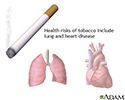
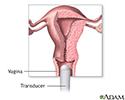


Ultrasound, color - normal ...

Ultrasound, normal fetus - ...

Ultrasound, normal fetus - ...

Ultrasound, normal fetus - ...

Ultrasound, normal fetus - face

Ultrasound, normal fetus - ...

Ultrasound, normal fetus - foot

Ultrasound, normal fetus - ...

Ultrasound, normal fetus - ...

Ultrasound, normal fetus - ...

Ultrasound, normal fetus - ...

Ultrasound, normal placenta...

Ultrasound, normal relaxed ...
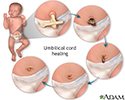


Vaginal bleeding during pre...






